It was at the 24 hours of Spa in 1971 that they tasted their first big success — a 300 SEL 6.8 AMG, nicknamed the ‘Red Sow’, finished first in its class and second overall, leaving more than a few anxious players among a field made up of much smaller cars, but earning a great deal of respect from them as well.
Business had grown substantially following their success as an engine builder and supplier in motorsport; so much so that in 1976, AMG had outgrown their Burgstall headquarters and moved to Affalterbach. The demand for their expertise in the creation of highly bespoke, high-performance Mercedes-Benz cars expanded in the process.
In 1986, one of the most iconic AMG models ever, ‘The Hammer’, was created. It was essentially a W124 300E equipped with a huge Mercedes 5.6-litre V8 sourced from the 560 SEC, tuned by AMG to deliver 360 PS. That sort of grunt made it capable of 190 mph (306 km/h) — a speed unheard of at that time — putting it on a completely new plane of performance for a midsize sedan. That wasn’t all, though. Cough up more dough and AMG would give you an even more potent version of the engine bored out to a full 6.0 litres. They would even blueprint it and pair it to a matching re-valved four-speed transmission, a Torsen limited-slip differential, and a beefier rear sub-frame that could contain the massive amount of force. Then there was the full kit of exterior and interior trim elements. The list went on to include bespoke lower suspension with more aggressive damping, and 17-inch wheels with Pirelli P700 rubber.
AMG and Mercedes worked together on Mercedes-Benz W201 cars for the 1988 Deutsche Tourenwagen Meisterschaft (DTM, or the German Touring Car Championship). AMG was then made the official partner.
During the early 1980s and until 1990, AMG offered a variety of engine performance packages, alloy wheels and styling products as an entirely independent company from Daimler-Benz. In 1990, AMG signed a co-operation agreement with Daimler-Benz, and AMG options and cars were then offered in Mercedes-Benz showrooms. In 1999 Daimler AG, then known as DaimlerChrysler AG, bought the controlling share of AMG and made them part of the official Mercedes-Benz line-up. The Affalterbach engineers were made responsible for the high-performance variants of select Mercedes-Benz models. Of course, it wasn’t until 2005 that AMG became a wholly-owned subsidiary of Daimler.
The first car jointly developed by Mercedes-Benz and AMG was launched in 1993 — the C 36 AMG. With 280 PS and 385 Nm of torque, the C 36 AMG was a relatively modest starting point, by modern standards, of course, for AMG — capable of accelerating to 100 km/h in 6.7-seconds; what can still be considered as brisk today.
In January 1999, six years after the C 36 AMG made its début, there was the mighty E 55 AMG entering the market. It was just then that Daimler acquired 51 per cent of shares in AMG, leading to the company being renamed as Mercedes-AMG GmbH.
Born on 28 December 1936 in Großaspach, Germany, Hans Werner Aufrecht is the ‘A’ in AMG; his hometown of Großaspach being the ‘G’. After the company and the name “AMG” were acquired by Mercedes-Benz, he used his initials for the name of Mercedes’ official racing team, HWA Team. The first car that raced under that team name was the ill-fated Mercedes-Benz CLR. Since 2000, when DTM was started, the HWA team was the one in charge of Mercedes-AMG’s official factory entry.
Profile: Erhard Melcher
Born on New Year’s Day in 1940 in Germany, Erhard Melcher is the ‘M’ in AMG.


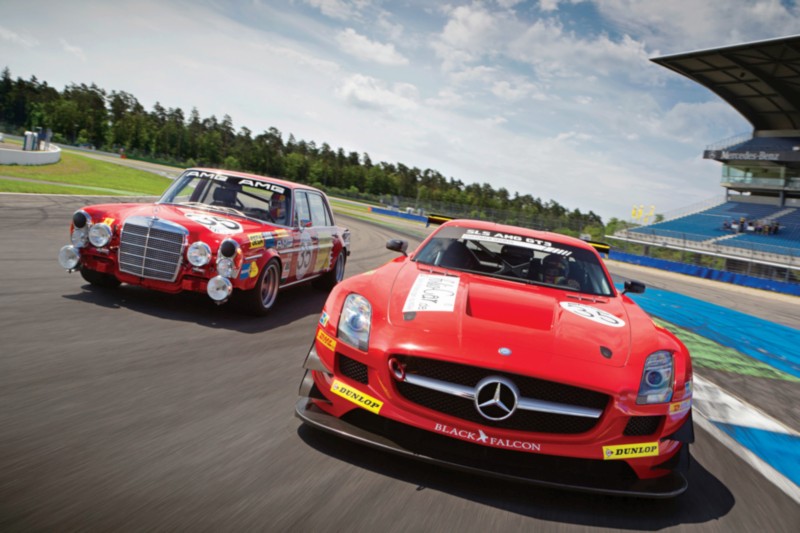
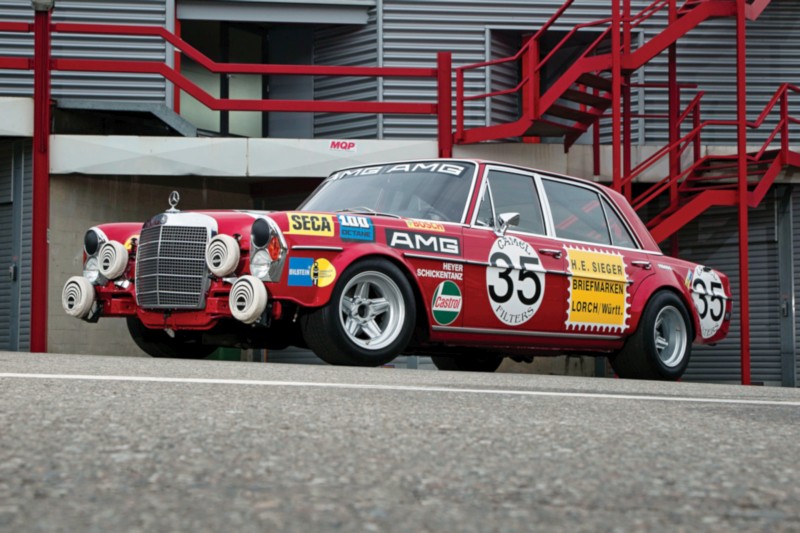
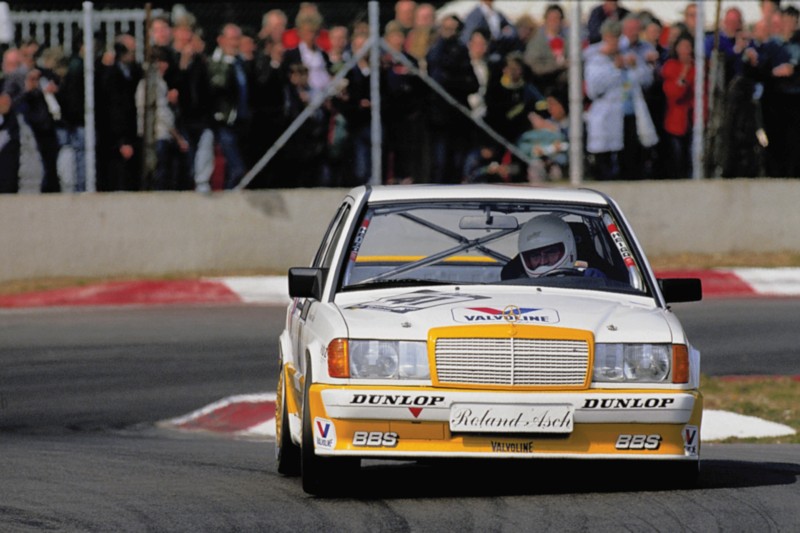
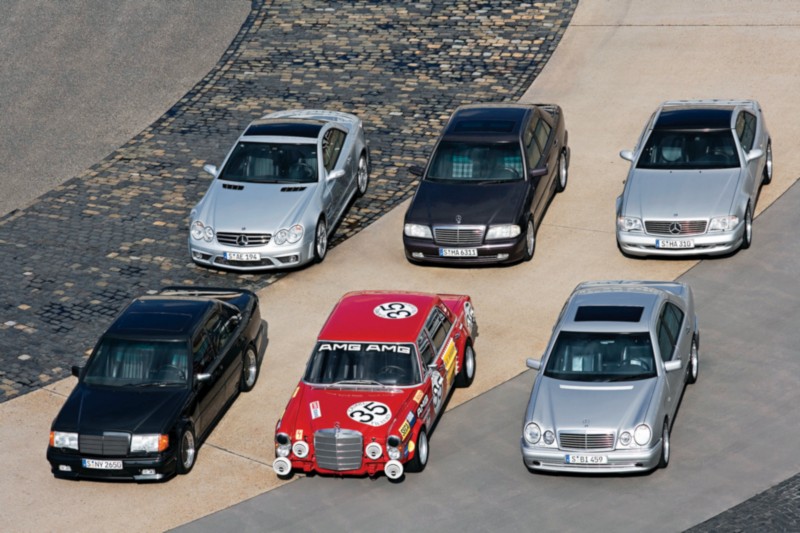
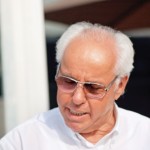
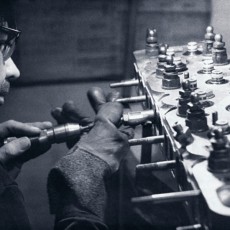
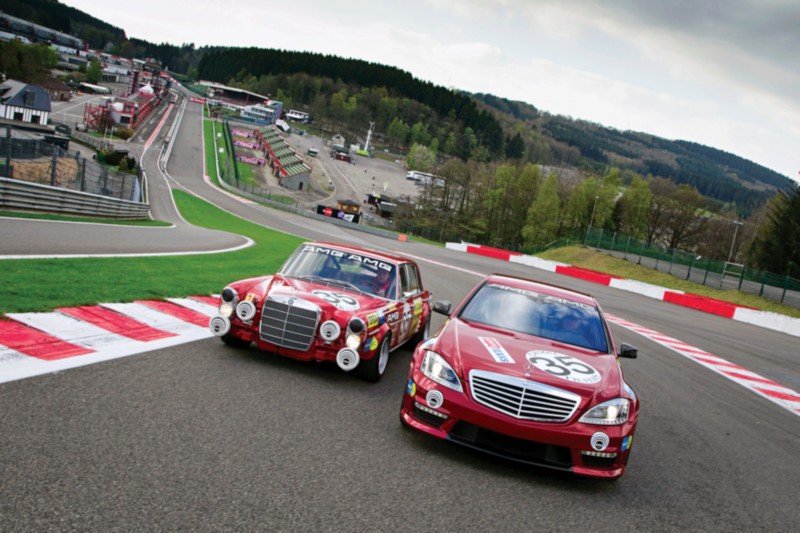



















Leave a Reply